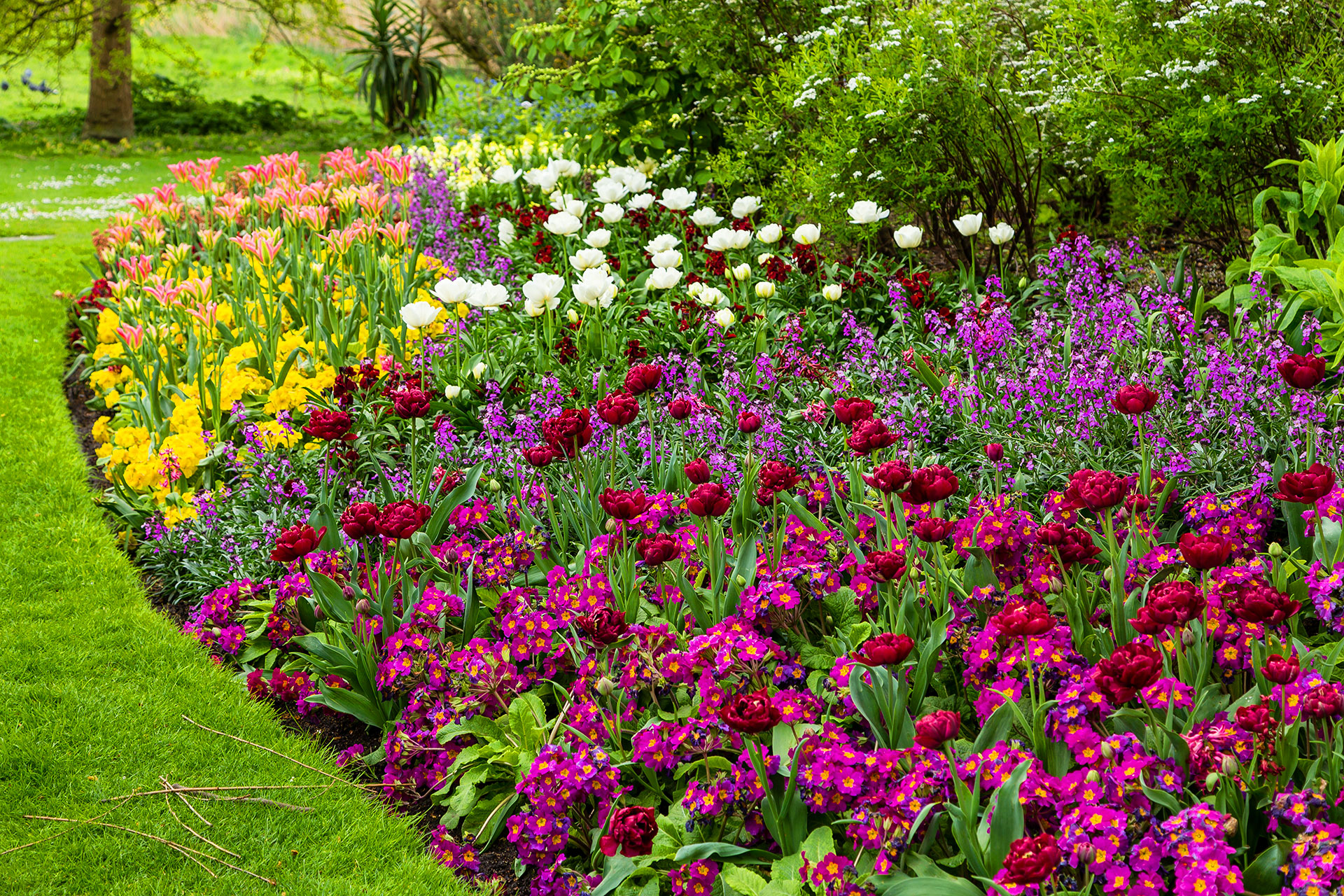Winter leaves a kind of gray hangover. The grass hasn’t quite woken up. Branches still look like skeletons. And your yard? It’s giving “pause,” not “promise.” But then—just when you’re convinced color might be gone forever—something brave blooms. A single flash of yellow, violet, or pink pushes through the still-cold soil and reminds you that, yes, spring is on the way.
That’s the power of early-blooming flowers. They don’t just brighten your space—they rewrite the whole mood of your yard.
Why early bloomers matter more than you think
They’re not just eye candy. Early flowers offer structure, rhythm, and energy to your garden’s story. While everything else is playing catch-up, these plants show up first—colorful, confident, often frost-tolerant and wildly underrated.
They’re also pollen-rich lifelines for pollinators waking from winter sleep. Bees and butterflies don’t wait for April. Neither should your flowerbeds.
Here’s who shows up early—and steals the show:
- Hellebores (Lenten Rose)
These aren’t delicate roses. These are frost-fighting, low-maintenance blooms in deep purples, soft whites, and speckled greens. They nod politely through the snow.
- Crocus
Tiny and fearless. You’ll see these poking through mulch before most people switch out their coats. They naturalize easily, meaning more color every year with no added effort.
- Snowdrops
The name says it all. They bloom while frost still lingers, bringing a gentle drop of white light to otherwise bare beds.
- Winter Aconite
Like little suns hugging the soil. Their golden flowers arrive before spring is officially on the calendar.
Early bloomers play well with others
Don’t stop with one type. Pair soft-toned hellebores with the bolder crocus. Let winter aconite sprawl beneath taller tulip stems. Tuck snowdrops near paths where you’ll actually see them in February.
Layer them. Repeat them. Let them surprise you.
Plant now, delight later
Most early bloomers come from bulbs or root divisions planted in fall. But if you missed that window, don’t worry—many nurseries offer them as starts in early spring. Get them in the ground as soon as the soil is workable, and you’ll still beat the blah out of your landscape.
And next year? Start your own tradition of “pre-spring planting.”
Color isn’t a luxury—it’s a signal
A signal that warmth is on the way. That life is already moving beneath the surface.
That your yard, even in its most tired season, can still surprise you.
So if things look dull right now, don’t wait for the big bloom. Start small. Plant something early. Watch how fast everything else starts to follow.



